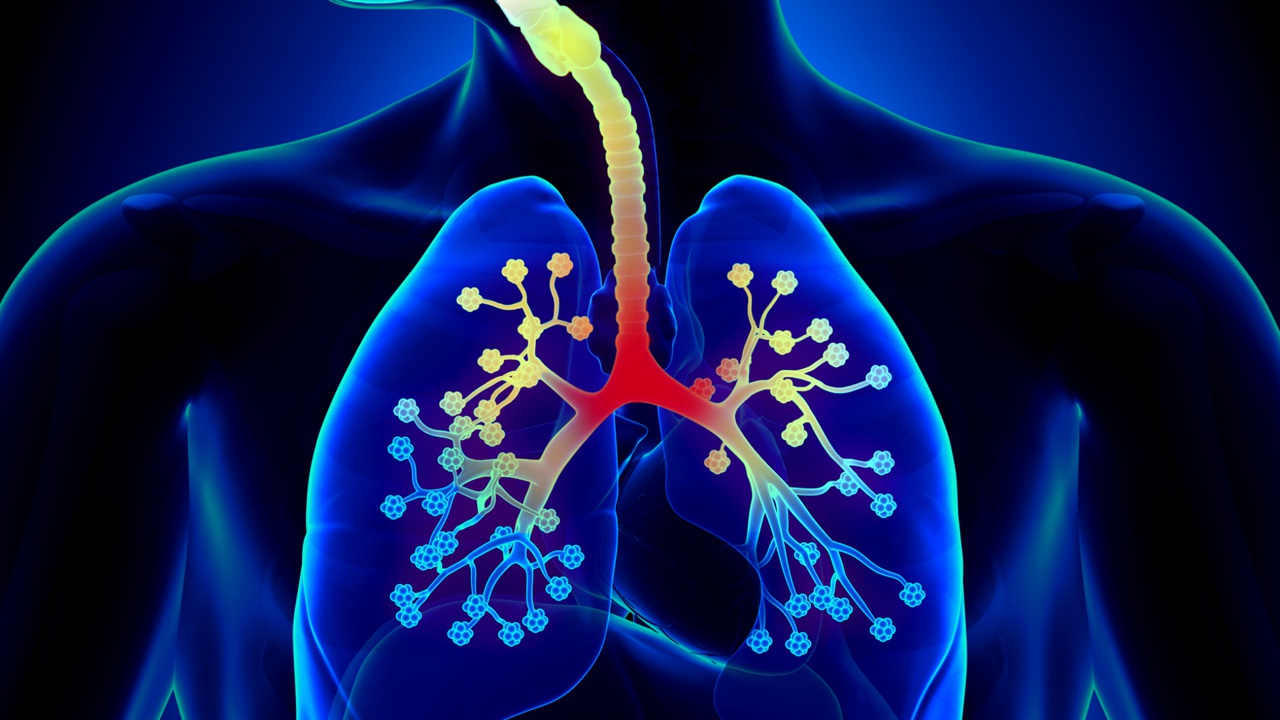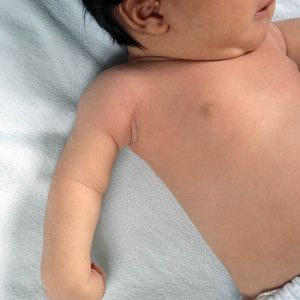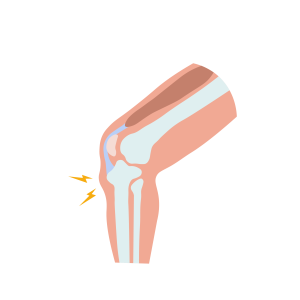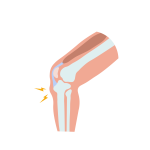Dr. Haider Adil Al-Obaidy – Pediatrician
Bronchitis appears in young children and infants. It causes inflammation and congestion in the small airways (bronchioles) of the lung. Bronchiolitis is usually caused by a virus. The peak time for bronchiolitis is usually during the winter months.
Bronchitis begins with symptoms similar to those of the common cold. Sometimes it develops into a cough, wheezing, and difficulty breathing. Symptoms of bronchiolitis may last for several days or several weeks.
Most children improve with home care. A small percentage of children need hospitalization.
Symptoms:
During the first few days, signs and symptoms of bronchiolitis are similar to those of a cold:
- Runny nose.
- Stuffy nose.
- Cough.
- Mild fever (not always present).
After that, For a week or more, there may be difficulty breathing or a wheezing sound when the child breathes.
Many infants also develop an ear infection (otitis media).
When to Consult a Doctor:
The following signs and symptoms should prompt immediate medical attention:
Audible wheezing sounds.
Shallow or fast breathing, more than 60 breaths per minute (tachypnea).
Difficulty breathing — when the ribs appear to be drawn in as the infant inhales.
The baby appears lazy and lethargic.
The baby refuses to drink enough water, or he breathes too fast when eating or drinking.
A bluish discoloration of the skin, especially the lips and nails (cyanosis).
Prevention and Treatment
Infants at increased risk of RSV infection, such as those born with a heart or lung problem or with a weak immune system, should take:
Palivizumab
(Synagis)
to reduce their risk of respiratory syncytial virus infection.
Children often do not need to stay in the hospital, and only treat the symptoms at home, as there is no specific medicine to cure the symptoms, given that the cause is a virus.










